Emazing Bike produces a line of electric bicycles that deliver efficiency, style, and frame size options at a mid-level price point. Their Selene 73h3h model is offered in three sizes and three color choices. I love how the paint matches throughout, including the frame, fenders, and unique mono-suspension fork. The fenders are especially interesting and pleasing to me because they are made from sturdy Aluminum alloy with two layers (what I call tubular) to reduce rattling. At the rear, a standard rack offers trunk bag or pannier storage options, so you could use this for commuting or school, and the adjustable stem, handlebar, ergonomic grips, and Velo Plush saddle make it comfortable to ride. The Selene can be setup to position your body upright or more forward, depending on your preference for back posture and efficiency. I appreciate that they went above and beyond with component choices like flat-resistant tires that have reflective sidewall stripes, an alloy chainring protector and plastic guide to reduce the potential for chain drops, and a slap guard and kickstand that keep the bike itself protected. Part of what makes this ebike unique is the hinged top tube that opens upward, allowing access to the mid-frame battery pack. No other electric bike I have ever seen has gone to such extreme lengths to lower the stand over height… but many others achieve similar results without the compromises made here, and most work better. The mid-frame battery can be difficult to charge when mounted to the bike and requires a special dongle adapter to charge when off. In my opinion, the Selene 73h3h is priced a bit high for some of the compromises it makes, including the entry-level seven speed drivetrain, and while I absolutely love the cadence + torque sensing pedal assist, throttle operation is inconvenient and the lack of hydraulic disc brakes makes it feel cheap and limited in some ways. If it were priced lower, I would have excitement to share, but probably still be frustrated with a few of the design choices.
Driving the bike is a modest 350 watt planetary geared hub motor. What it lacks in power, it makes up for with efficiency and reduced weight. Apparently, the motor is produced by a company called Taiwan Hodaka, which is new to me, but it performed well enough. You can hear it zip when pedaling along at the higher assist levels or when using the twist throttle at full blast. As a 135 lb rider myself, I found that I could nearly reach 20 mph after about one block of riding with the throttle… so I’m not sure this would be satisfying for heavier riders or when used on steeper hills, you would probably have to pedal to make it up. And again, that’s alright for a more active rider like myself. I appreciate that the rear end of this bike is not so heavy and that the motor hides behind the cassette and disc brake rotor fairly well. I also like that the black motor casing is matched by black spokes and black rims. One point of vulnerability with this system however, is the power cable that feeds into the right rear axle. If this wire gets snagged or if the bike tips over and it gets bent too far, it might eventually break, and that’s not easy to replace or repair from my understanding. Most hub motor powered e-bikes do have a cable like this positioned one one side of the frame or the other, but they are often fitted with derailleur guards or sometimes the wire is tucked in more neatly. In this case, the wire seemed to but up against the derailleur. Not the biggest issue, just something to be aware of and careful with. I do appreciate the protective slap guard on the right chain stay and chainring guard, but noticed that pants or a skirt could still touch the chain and get dirty or snagged because there is not a full chain cover present. But again, this reduces complexity, weight, and rattling noise.
Powering the bike is a lower than average capacity 36 volt 8.7 amp hour battery pack that sort of looks like a water bottle. The pack itself is very lightweight at ~4.5 lbs, and I feel that the position on the frame is excellent. Back to the efficient motor, it’s more of a power sipper, and this is great considering the lower capacity battery. This pack is painted black, which helps it blend into the plastic mount and other hardware parts… but it does stand out a bit. And my big point in the first paragraph is that the frame design really had to be customized to make this pack work. A threaded quick-release skewer must be removed every time you want to charge or remove the battery which takes time, and then if you’re charging the pack on the bike frame and the top tube accidentally comes down, it could bend the charger cable or worse. And let’s say you want to park the bike at a public rack and bring the battery inside for safe keeping and charging at your office, you have to then put the quick-release bolt back through the frame and risk someone stealing it, or leave the top tube angled down but not completely secure… and then take the battery in one hand and your charger and a special charger adapter with you. It frustrates me that the charging interface on the battery pack is not the same as the charging interface on the bike mount. If that dongle adapter piece ever gets lost, you will no longer be able to charge the pack off the bike without finding a replacement adapter. All of this trouble and design gymnastics, when there are other electric bike batteries that simply click in from the side of the frame vs. down, allowing the same low-step frame designs without the structural sacrifices and charging challenges. To be fair, the charging challenges are a separate issue but are further complicated by the frame design. From a glass half-full perspective, I love what they accomplished here and am guessing that it benefits them financially to use all of the same battery packs across their entire line of bikes… but if it saved them money, why isn’t the bike priced lower? Some people might ask why the battery doesn’t offer higher capacity or why the plug ports aren’t the same. All good questions and hopefully future iterations address this or they simply lower the price in exchange for the inconvenience it causes.
Operating the bike is equally frustrating at times. The small, fixed, LCD display pad is squished right up next to the button pad used to operate it. This could have been a chance to combine both parts into one simpler part with fewer wires. The reality is, this display and button pad are just a cheap part that many other ebikes used to use years ago, but that can accommodate center-mounting of the display when your handlebars are not swept-back as they are here. And so, the display shows your battery level with 4 bars (25% increments) and your assist level 1-5 and speed as you ride. It’s activated by holding the mode button and comes on relatively quickly, the mode button also cycles through trip stats including odometer and trip meter. What I found was that the battery indicator dropped significantly as I sent power to the motor by pedaling hard or using the throttle. It appears to be a simple volt meter vs. amp tracker, and that makes it highly inaccurate during use. Not a huge deal… but also not ideal or competitive in a marketplace with 10-bar battery infographics, battery percentage readouts, and even range estimators. For me, again, it’s difficult to justify the high price of the bike when such cheap hardware is being used and I am made to adapt. Perhaps the biggest compromise is that throttle operation is only active with assist level five, and that you have to pedal for a bit in order to make it fully active. As someone with knee sensitivity, I find this design both frustrating and defeating of the purpose. If I need to pedal to use the throttle, why do I even have it? To be fair, once you begin pedaling, the throttle can be used constantly and you can stop pedaling. Overall, the cockpit on this bike is clean, I like the ergonomic grips even though they aren’t locking or very fancy, and the button pad and display are easy to reach and read. A few other quick tips about the display are that you can hold the up button to activate backlighting, hold the down button to activate walk mode (but it kind of zips vs. smooth steady help), and you can hold bot the up and down button to enter the settings menu.
Unique doesn’t always mean better. As much as I love the combination of cadence sensing and torque sensing that delivers a smooth responsive ride. And as much as I like the paint job and clean shock design (even though it doesn’t provide much cushion or any adjustability). I just have some real frustration with a few of the inconveniences of the design. Perhaps I am spoiled? Yes, I’d probably do just fine with this electric bike and enjoy the nimble feel of lightweight cruising with comfortable geometry and efficient 700c tires, but dealing with the battery and not being able to use the throttle the way I’d like leaves me a little bummed out. This company still offers a solid warranty and works through a network of dealers, mostly in California. I got to speak with the founders and felt a genuine drive towards sustainability and building products that help people connect with the planet and each other, but I feel the design is ready for an update. I hope they continue to keep it lightweight, efficient, and responsive in the future vs. going towards super powerful and heavy. This is one of the few active type electric bike lines out there and it really is more akin to riding a bicycle than being on a scooter. I’d like to thank the Emazing Bike team for partnering with me on this post, speaking with me prior to the review to answer questions, and for allowing me to see and test ride several other models for the 2017 model year.
Pros:
- Available in three frame sizes and three color options, I was impressed that the frame color is carried throughout the unique solo-suspension fork and alloy fenders
- The fenders are stiffer and less noisy than most plastic or single-sheet alloy fenders I have tested on other bikes, these are tubular fenders with a double layer for improved strength and durability
- Comfort is a big deal to me, especially when I’m commuting to work and have to cross bumpy sections of roads or ride on bike trails with a lot of cracks, so the head shock, adjustable angle stem, swept back bars, and ergonomic grips are great, but I might swap the seat post with a cheap 27.2 mm suspension post like this
- Safety and utility are addressed by the good reflector placement (the rear reflector below the rack), reflective sidewall stripes on the tires, and puncture resistant Silk Shield lining on the tires, I might consider some USB rechargeable lights like these for more night riding, this e-bike doesn’t have integrated lights like some others but the battery doesn’t offer as much capacity so that’s okay, it’s lighter weight
- Aiding the fenders in keeping you dry and clean is an Aluminum alloy chainring guard that reduces grease and snags on long pant legs, there is also a small plastic chain guide to reduce dropped chains when riding on bumpy terrain, it’s not as complete as a full chain cover but also won’t rattle or get bent
- Very nice adjustable-length kickstand that’s mounted out of the way of the crank arms, I also like the velcro slap guard to keep paint from chipping if the chain bounces
- The Selene 73h3h uses a purpose built frame with internally routed wires and cables, notice the squared design of the lower downtube, this is where the controller is mounted and it seems well protected, the lift-up top tube design is super unique and allowed them to mount the battery lower on the frame and reduce stand over height
- You get a higher resolution 12-magnet cadence sensor and strain sensor for fluid pedal assist as well as twist throttle operation at level 5, it’s not a perfect setup for my own preferences however because you need to pedal for a moment to get the throttle to activate, ultimately I just rely on pedal assist but it’s still smoother than a lot of bikes
- The bike frame feels stiff even though it has that unique break section, weight is distributed well, the hub motor doesn’t weigh a lot and the battery is positioned low and center on the frame which improves stability and handling
- Nice wheelset, the black rim matches the black spokes and there are reinforcement eyelets to spread weight out and reduce any potential for cracking… the rims should hold up better over time and just look good
- Emazing Bike opted for thicker 13 gauge spokes on the rear wheel which improves strength, considering that there’s a rack above and that the hub motor is built into the rear wheel, this makes sense to me, the front wheel uses more traditional 14 gauge spokes
- The rear rack is setup with extra long support arms (to the seat stays) which provides plenty of space to lower the saddle and makes the bike more approachable for riders who have a shorter inseam
Cons:
- I love that the battery pack can be charged on or off the bike frame, but it’s a bummer that you need an adapter dongle to do so, be careful not to lose this cable or you will only be able to charge on the bike
- The battery capacity is on the small side in my opinion, rated at 36 volts and 8.7 amp hours, I’m used to seeing at least 10 amp hours, but at least the pack is relatively lightweight at 4.5 lbs
- This is a minor consideration but the motor cable protrudes from the right side of the rear axle and that’s where the derailleur cable is also mounted, avoid bumping this side of the bike or getting snags because it’s more sensitive and the power cable isn’t as tucked in as some other designs I have seen, some e-bikes put a derailleur guard here to improve protection
- The disc brakes are large and powerful but use mechanical actuation vs. hydraulic (which is easier and often has adjustable reach levers), there are no motor inhibitors built in to cut power when braking, for a bike that might be geared towards petite riders with smaller hands, adjustable brake levers that are easier to pull would have been a nice upgrade
- Throttle power is a bit limited because of the moderate motor power, it cannot be activated from standstill which is a bummer because it’s nice to help after stopping sometimes, the throttle operation feels compromised in a lot of ways
- There are no bottle cage bosses for adding things like folding locks, mini pumps, or a water bottle mount but the rear rack is handy and could be used for a trunk bag with a bottle holster like this
- Seven speeds is enough for urban riding and I like the trigger shifter mechanism, but the Tourney derailleur is base model from Shimano and might require a bit more maintenance and not shift as crisply as Altus, Acera, Alivio, Deore or SLX
- The display panel seemed more basic, you can’t remove it when parking which means that it could take more sun, rain, and scratching wear over time if you commute and I saw the battery readout drop as I rode and then rise again so it wasn’t as consistent as some other high-end products I have seen and tested
- Even though you can charge the bike without removing the battery pack, you still have to unscrew the pin and fold up the top tube section to reach the charging port, it’s somewhat inconvenient
- The pin that holds the folding top tube portion in place does stick out a bit and I hit it with my knee when pedaling… which did not feel great :/
Resources:
- Official Site: https://www.emazingbike.com/collections/ourebike/products/selene-73h3
- More Pictures: https://photos.app.goo.gl/uI8oTuQOLA2OEjd12

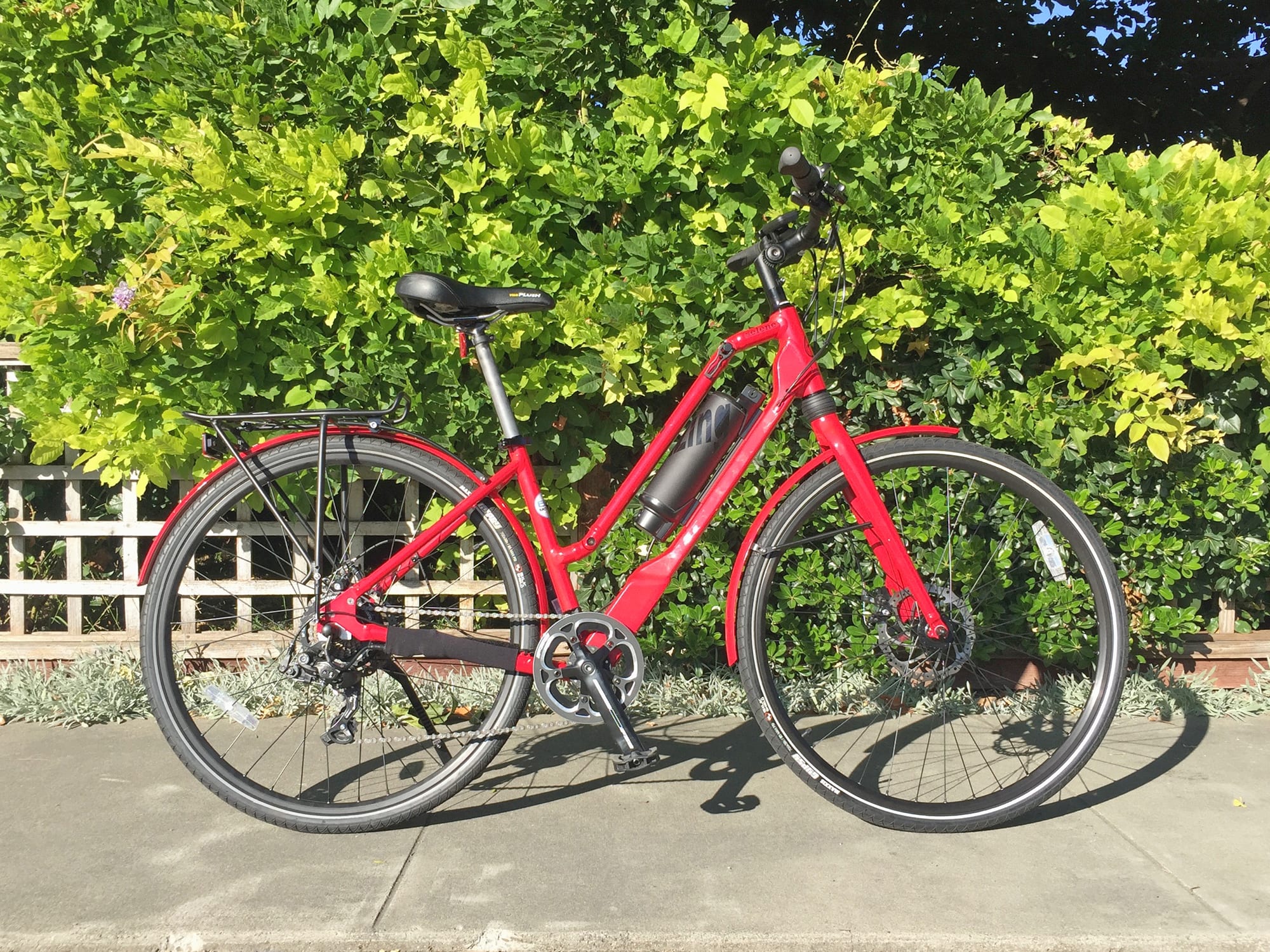
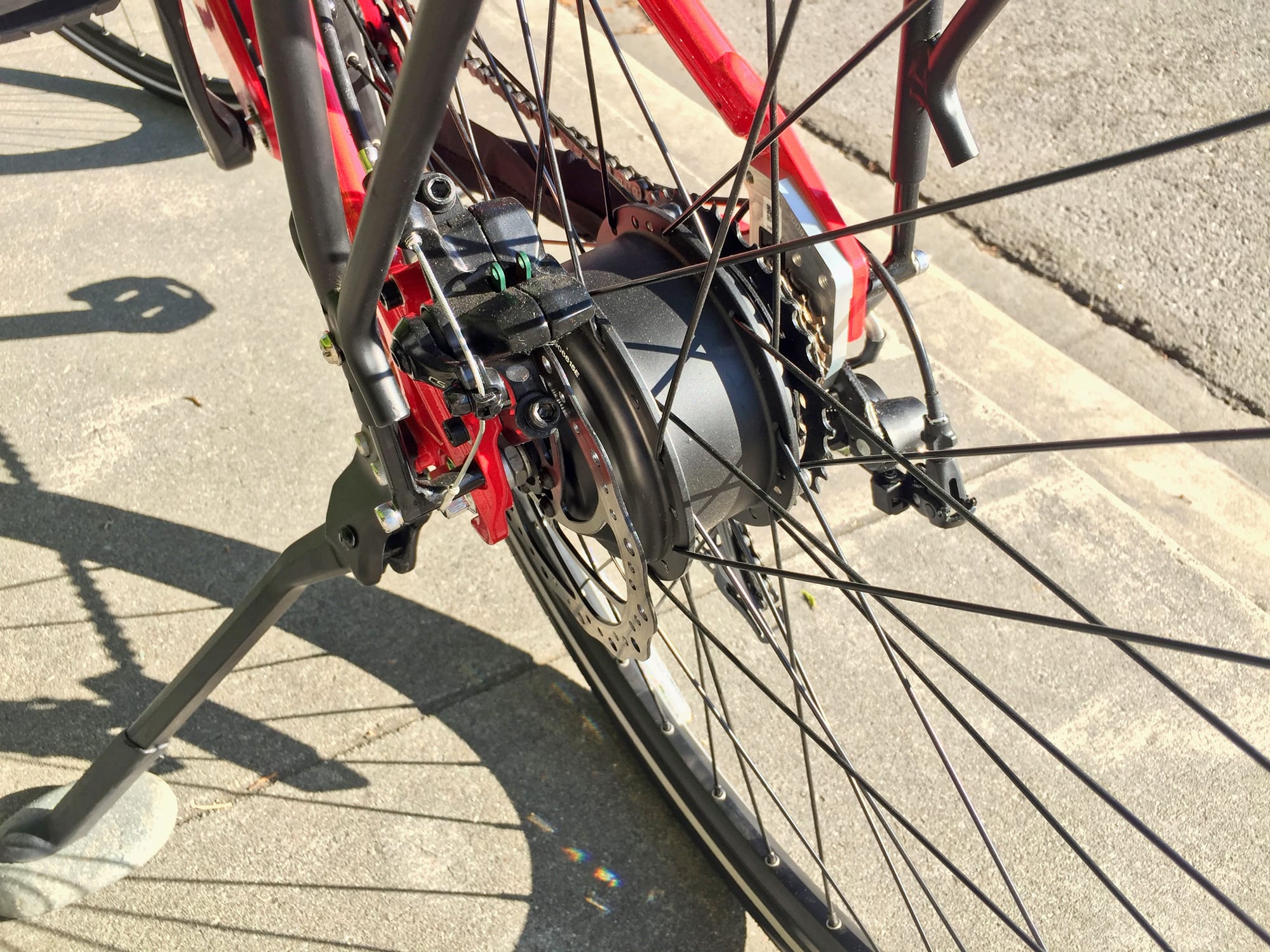
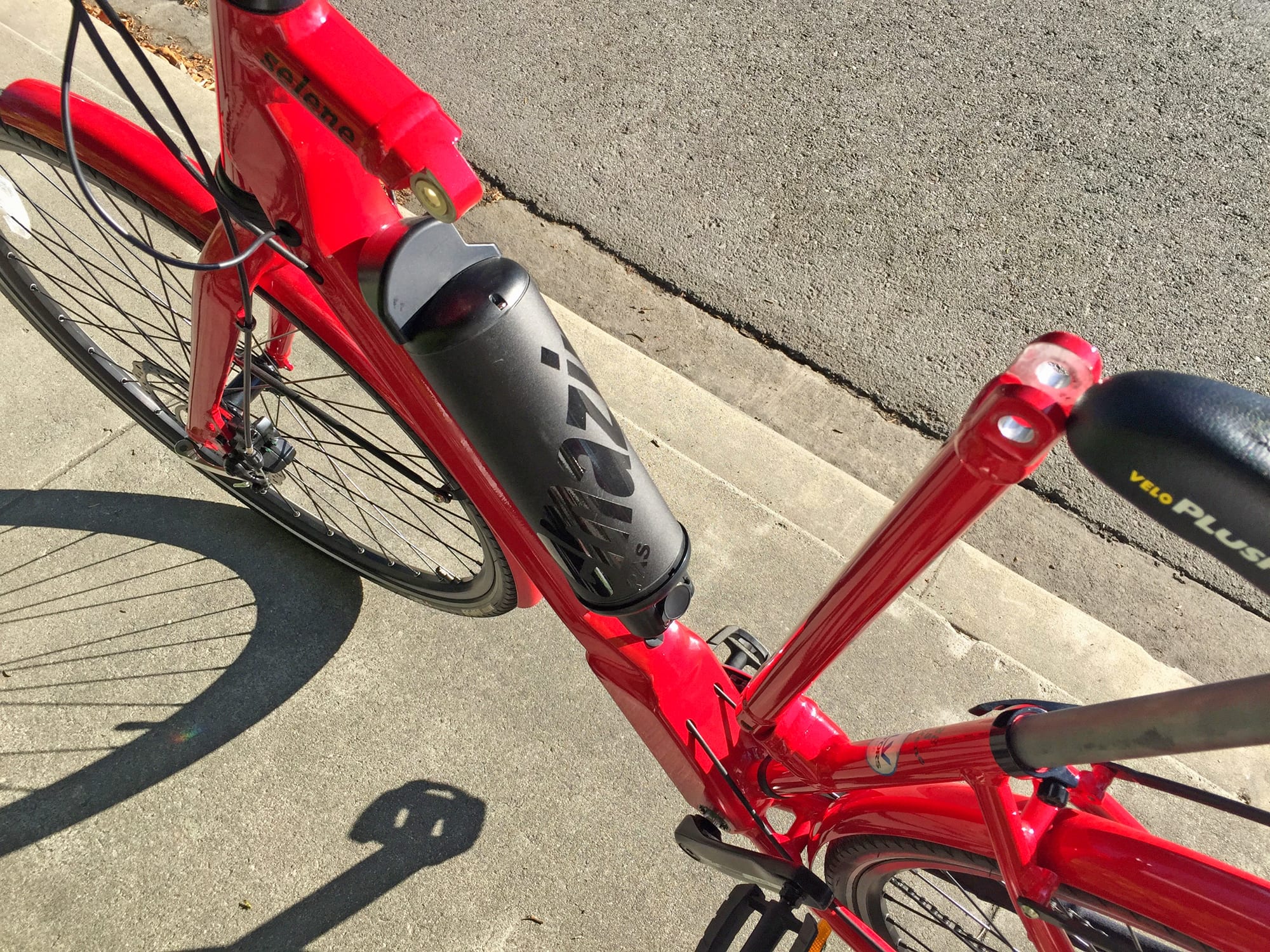
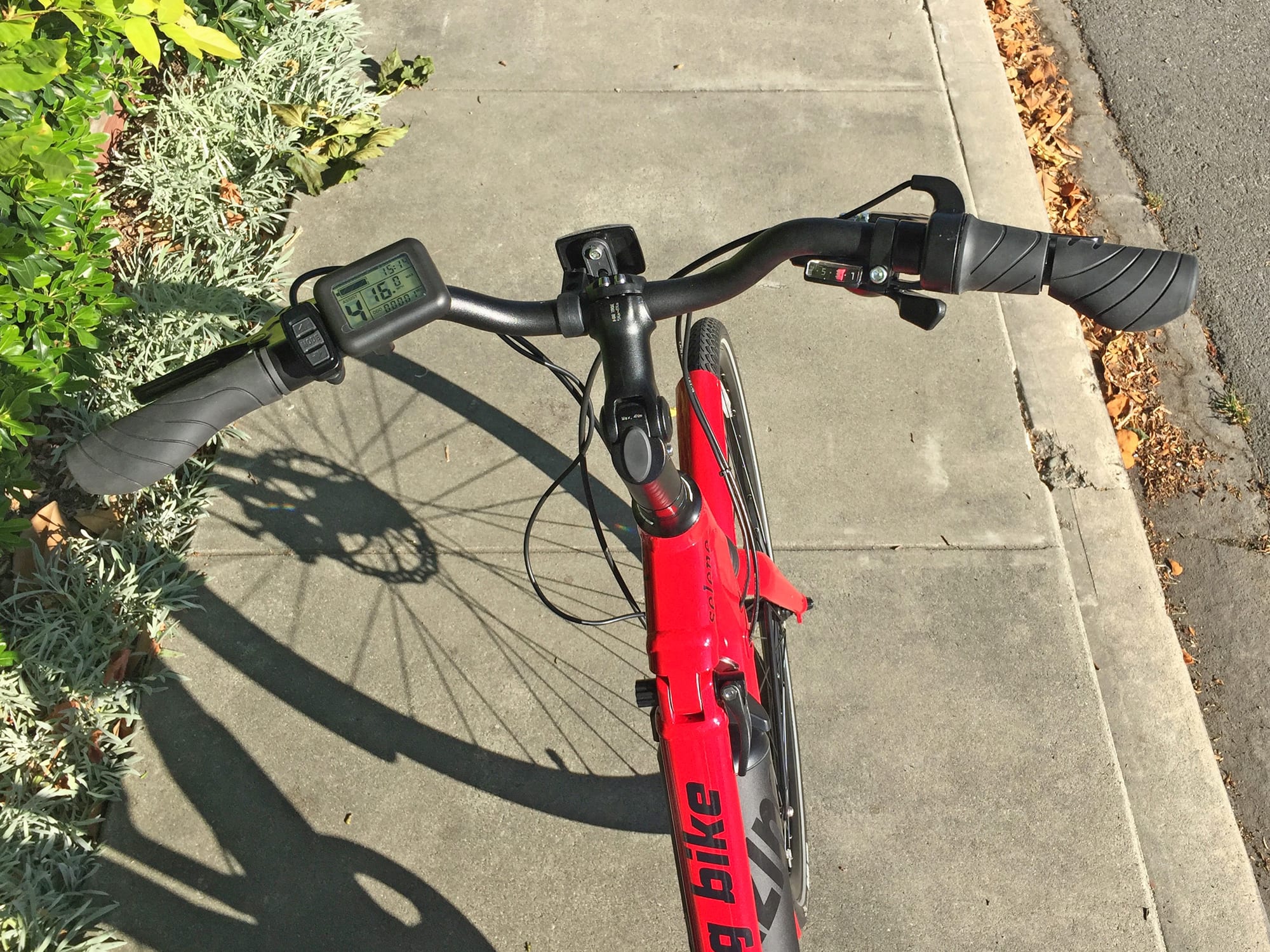
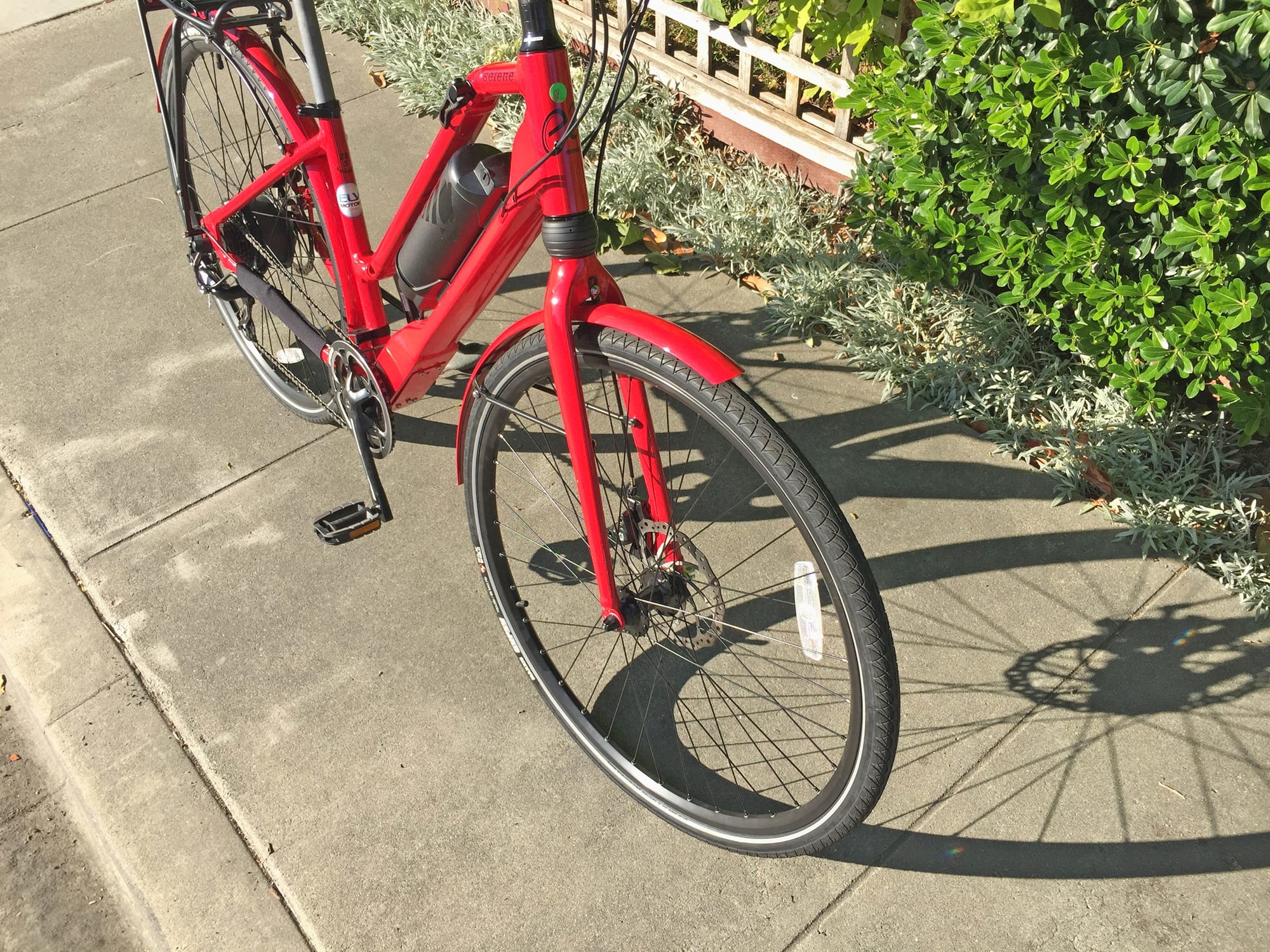
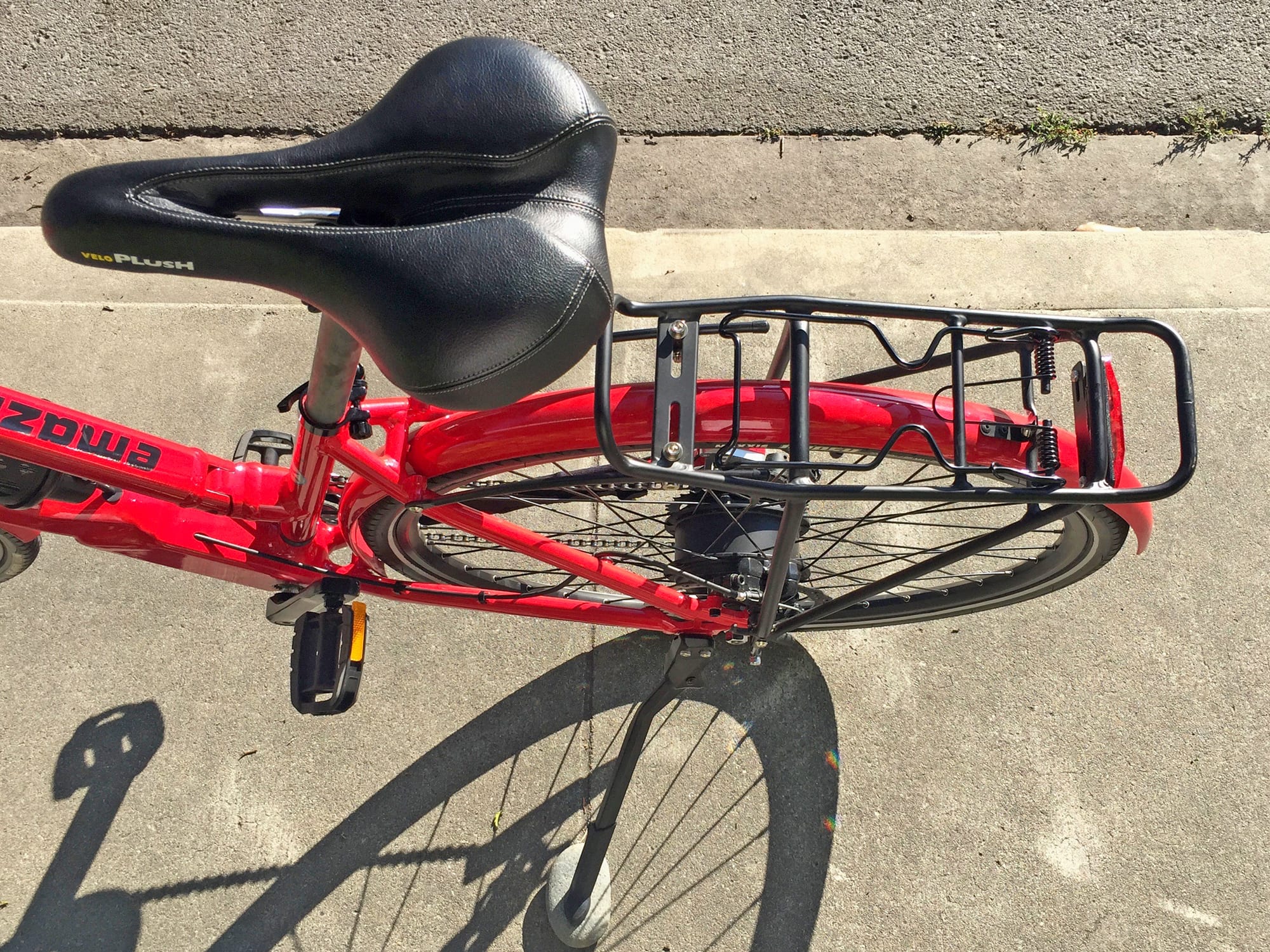

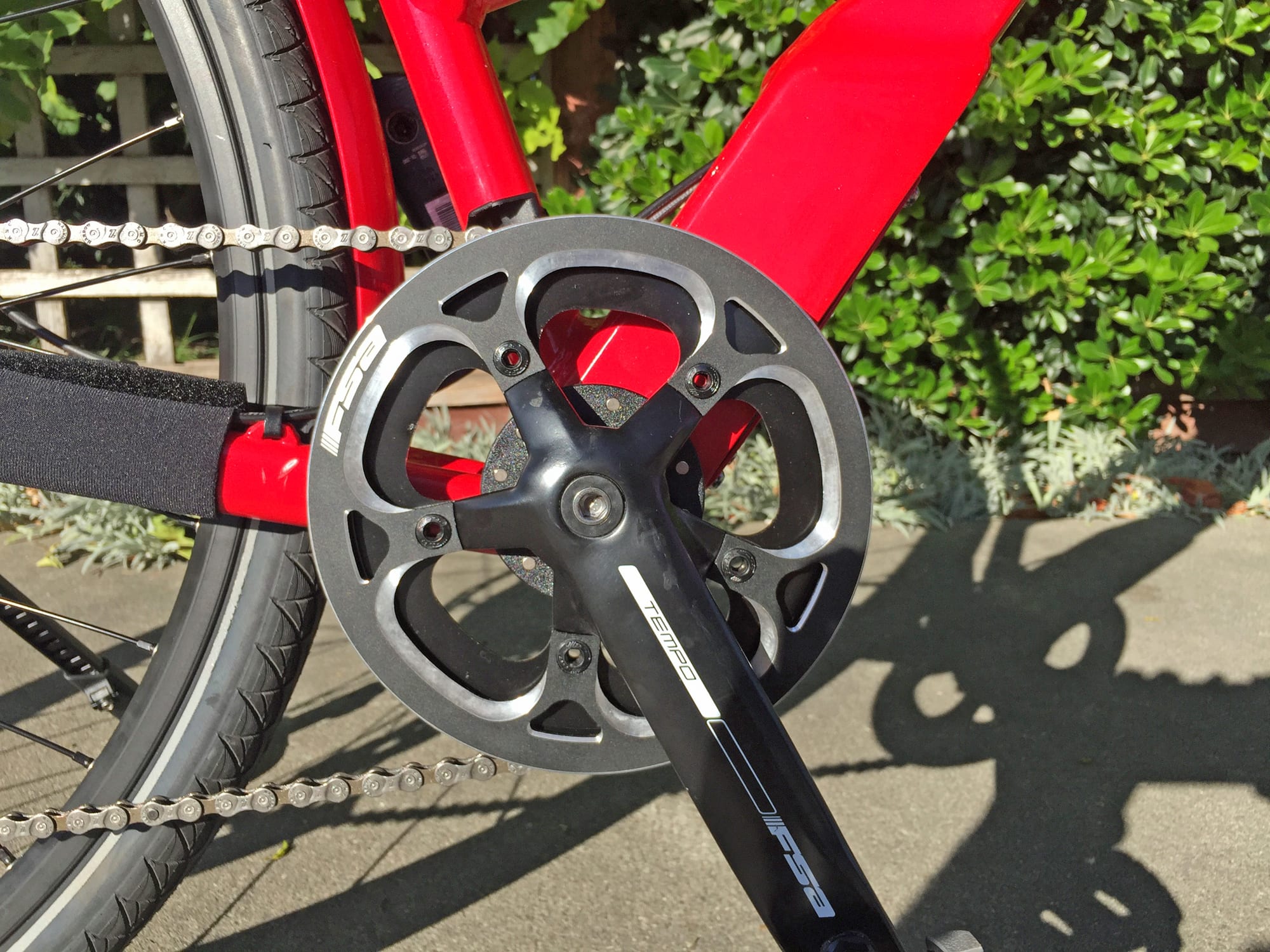

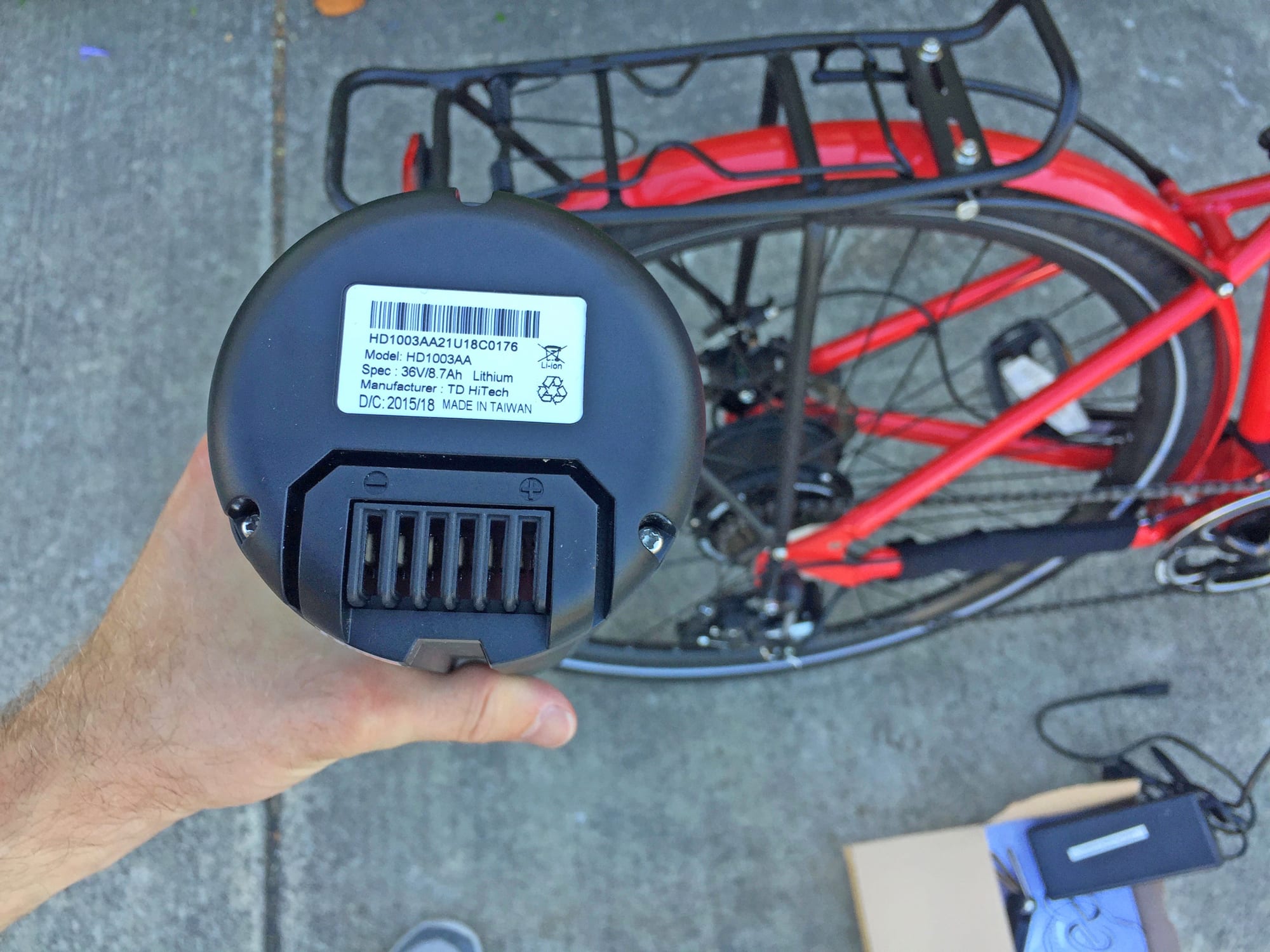
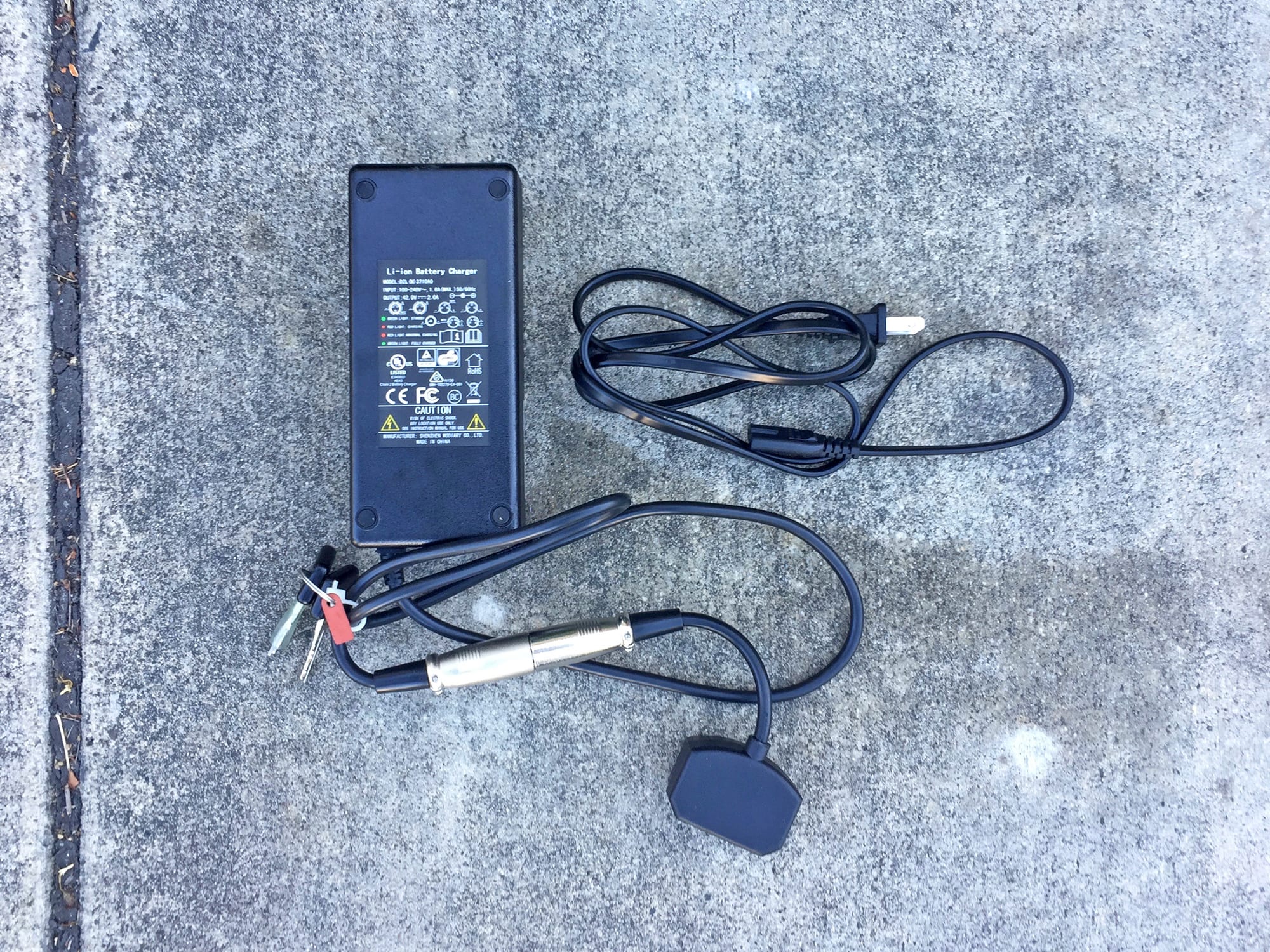

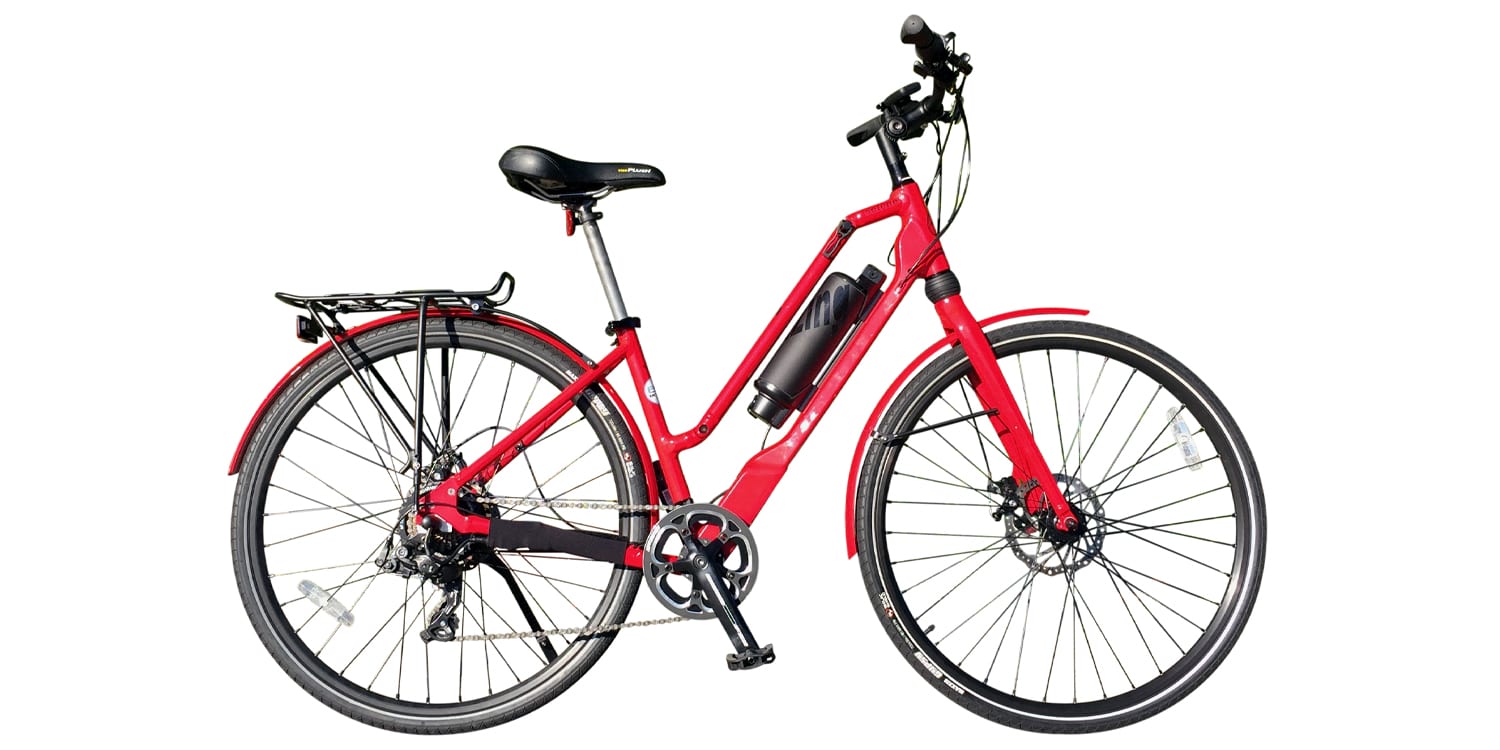

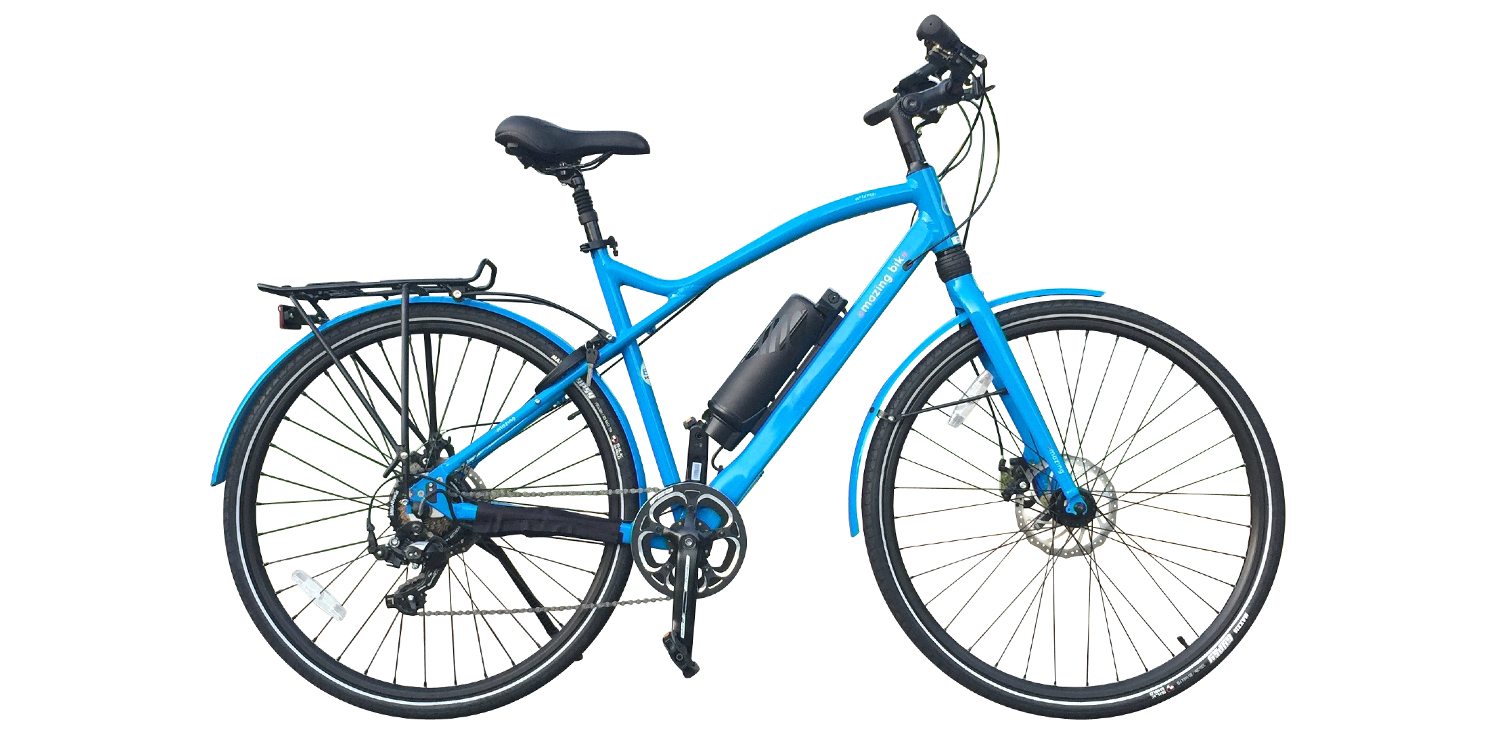
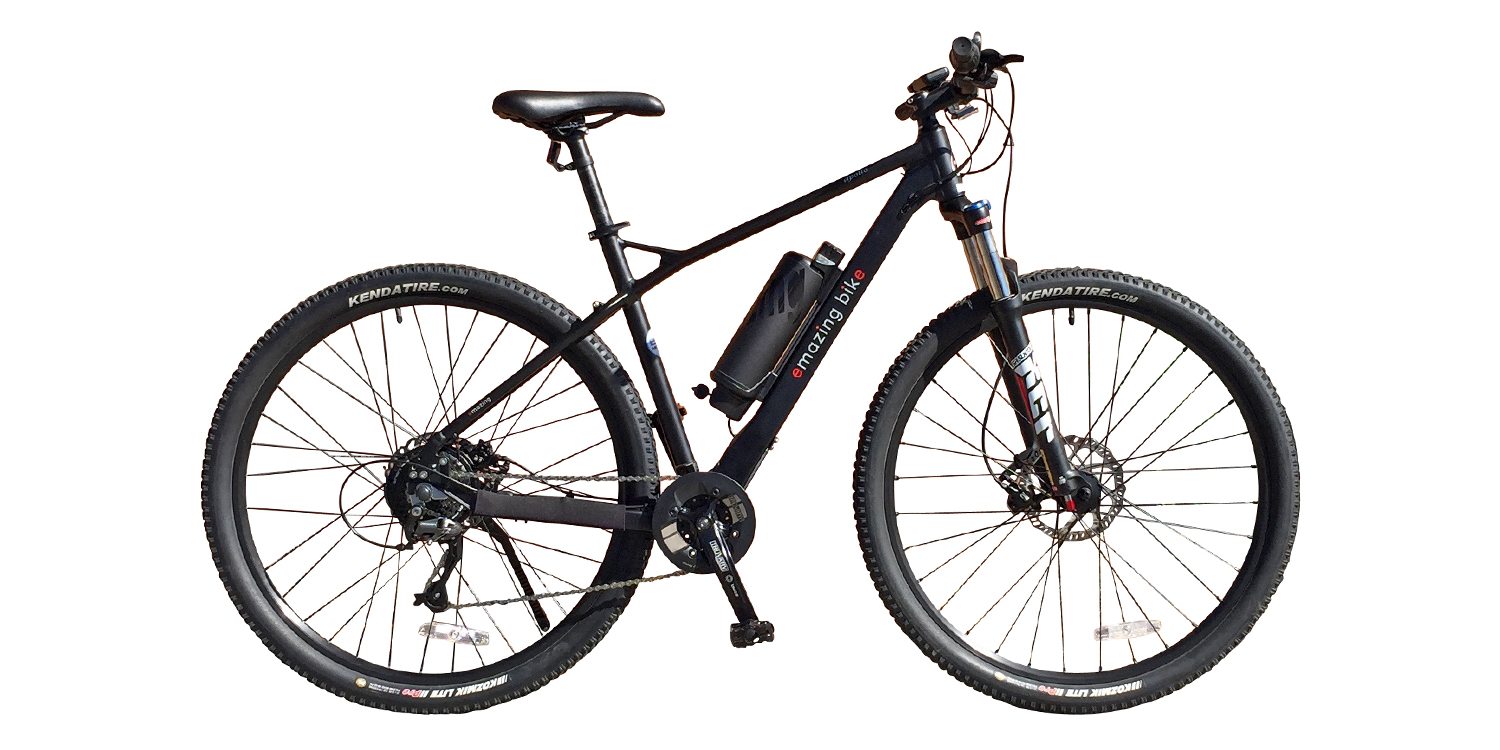
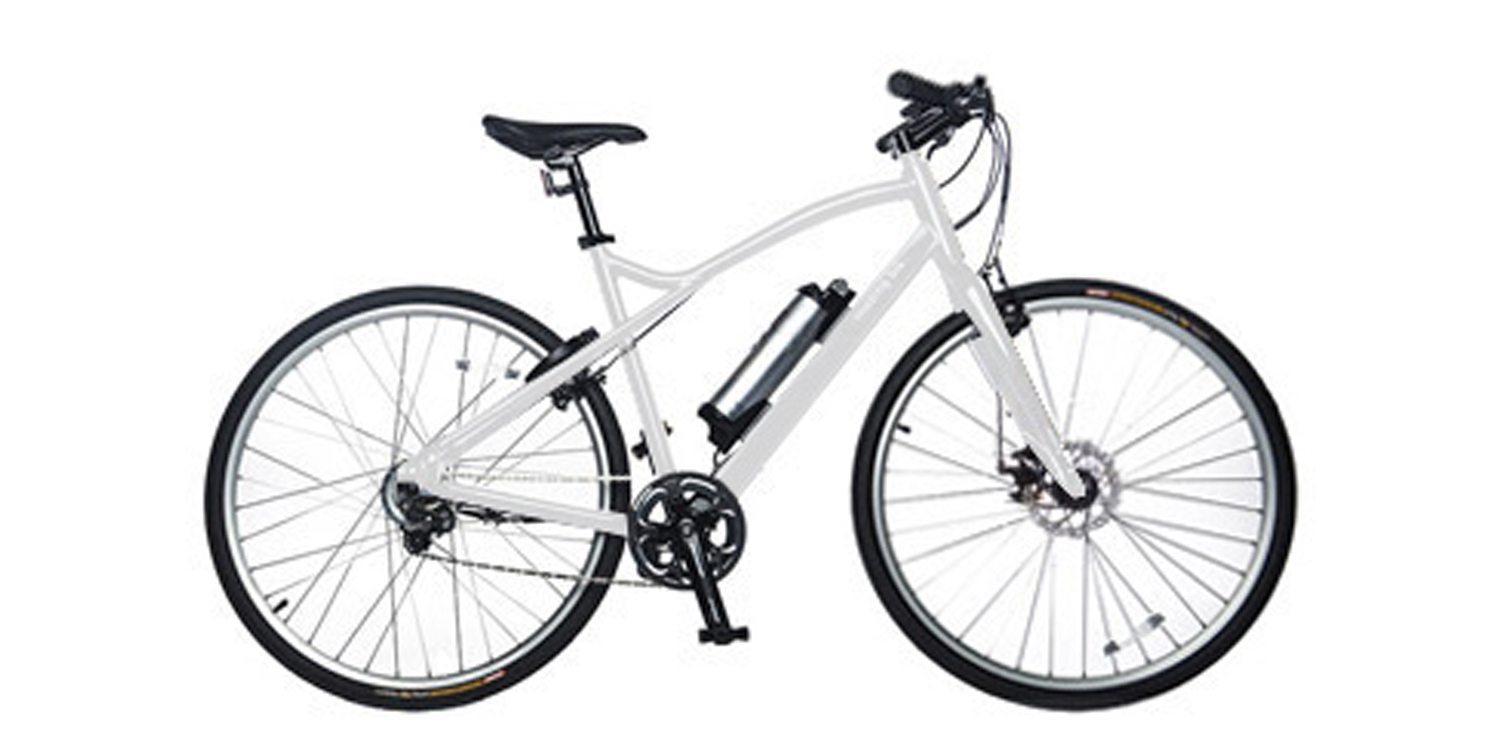
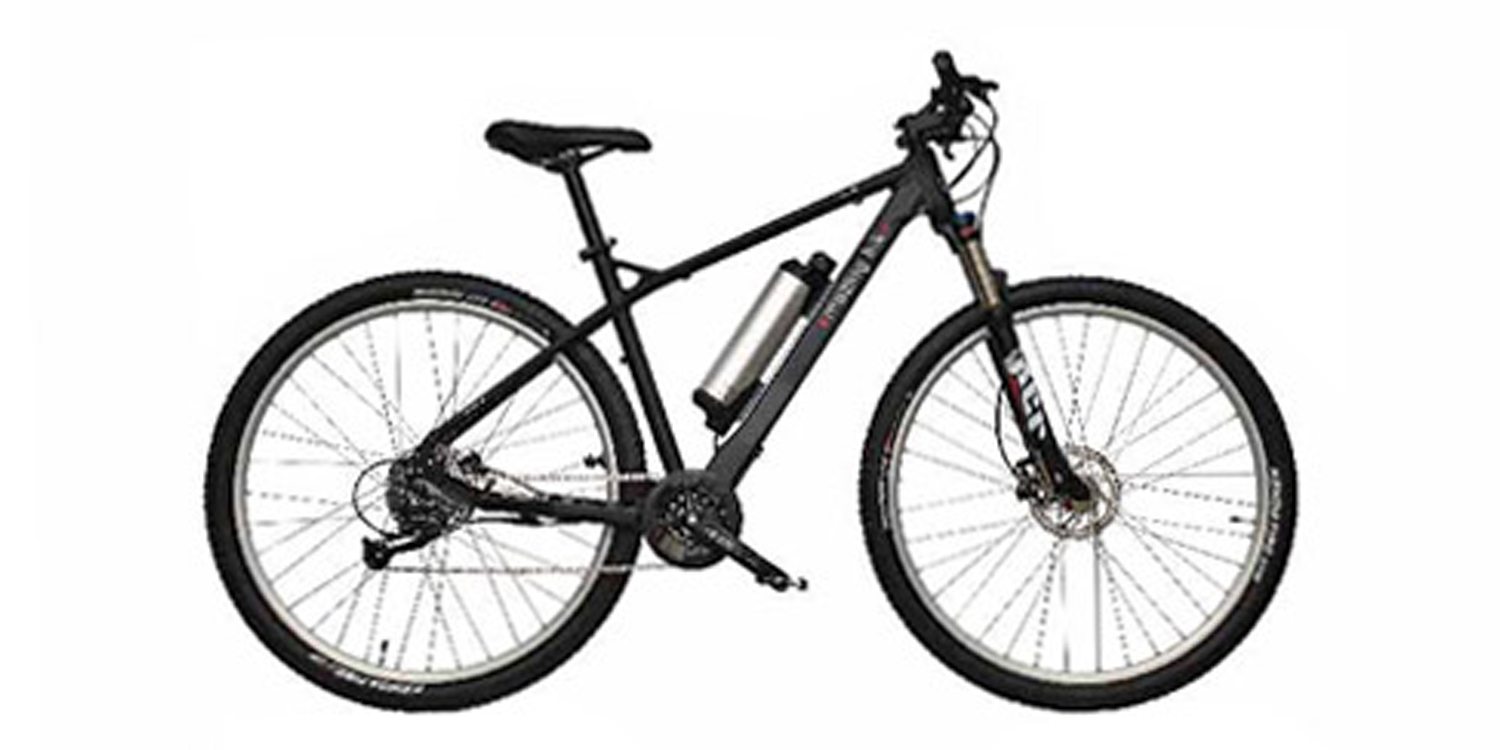
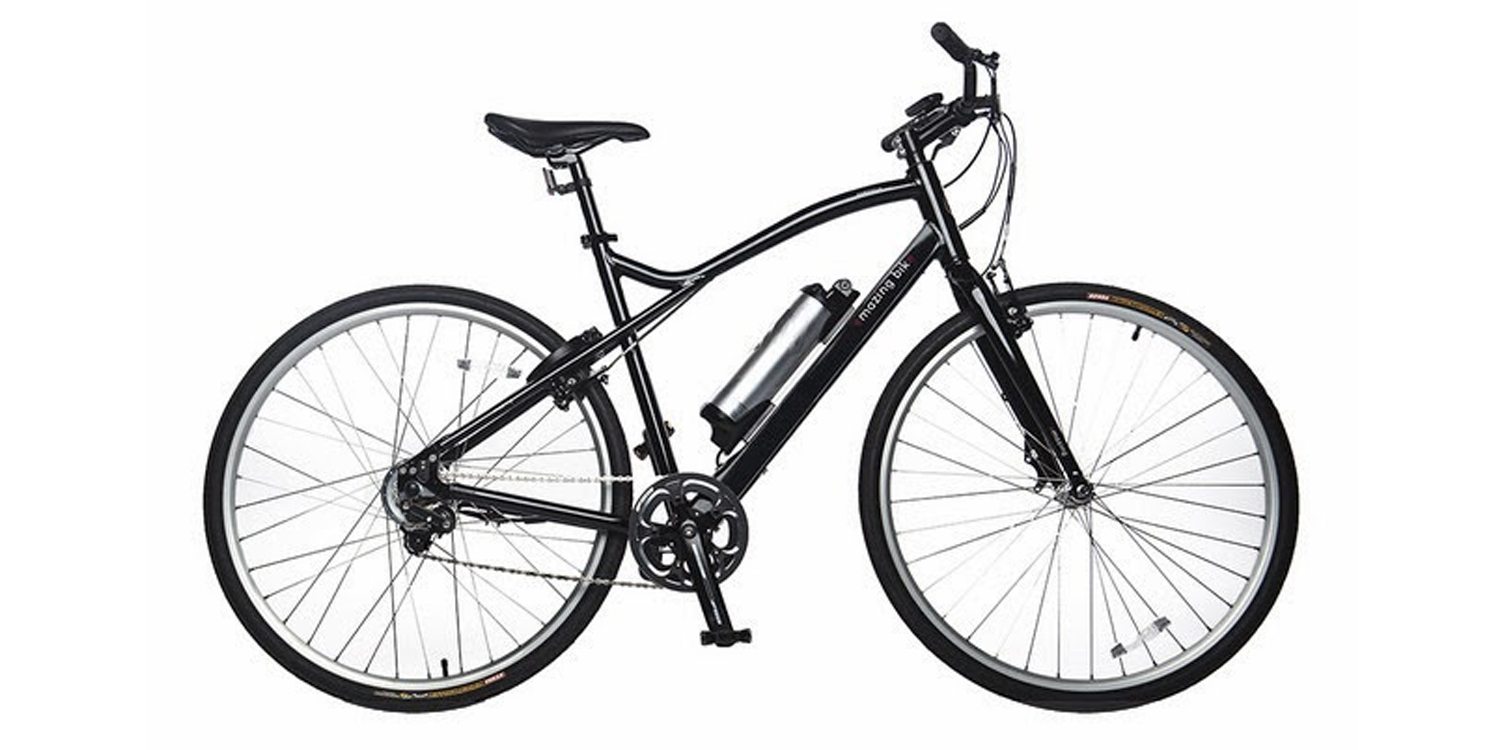
Reader Interactions